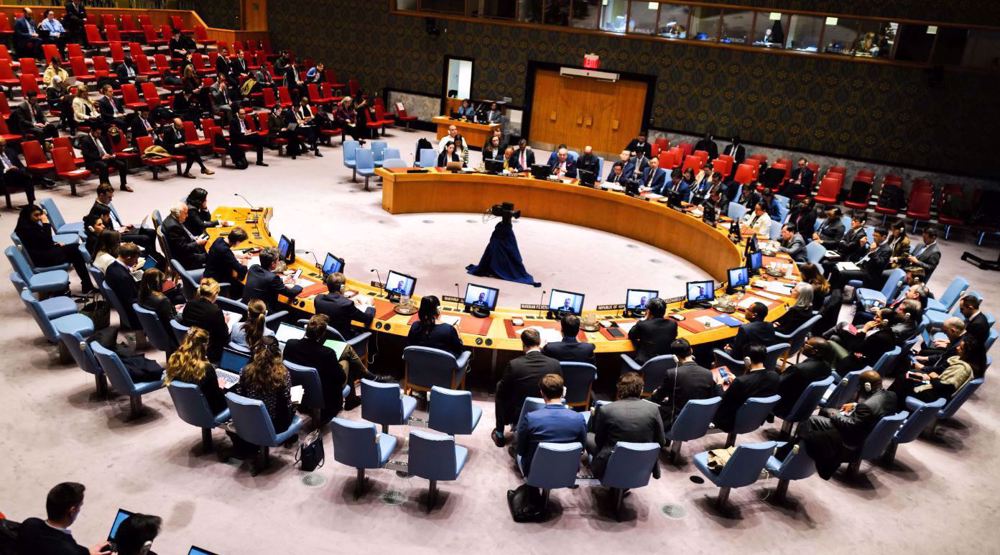Burning remaining fossil fuels could raise sea level to 58 meters
What if the sea level rises to 50 or 60 meters from its current level? It sure envelopes most of the major cities, resting at or near the current sea level, where hundreds of millions of people reside. This tragic future may sound pretty far-fetched, but the way we humans are accelerating the global warming, by burning fossil fuels among other things, would melt the world glaciers, which could make this future not too distant in environmental terms.
A recent study conducted by an international team suggests that if humans burn the currently attainable fossil fuel resources of the Earth, it would be enough to thaw out almost all assemblages of ice of Antarctica, leading to a 58-meter (190-foot) rise in sea level.
The findings of the study published in the latest issue of Science Advances journal on Friday say that combustion of the remaining fossil fuels would emit some 10,000 gigatones of carbon into the atmosphere. The resultant global warming, then, makes the Antarctic almost ice-free with an average contribution to sea-level rise exceeding 3 meters per century during the first millennium.
“Our findings show that if we do not want to melt Antarctica, we can’t keep taking fossil fuel carbon out of the ground and just dumping it into the atmosphere as CO2 like we’ve been doing,” said Ken Caldeira, a renowned professor of marine biogeochemistry and chemical oceanography and one of the three authors of the study.
“Most previous studies of Antarctic have focused on loss of the West Antarctic Ice Sheet. Our study demonstrates that burning coal, oil, and gas also risks loss of the much larger East Antarctic Ice Sheet,” he added.

A complex set of factors have already made the Antarctic lose ice, including greenhouse gas-caused atmospheric warming, additional oceanic warming caused also by the atmospheric warming, and the possible counteracting effects of additional snowfall.
“The West Antarctic ice sheet may already have tipped into a state of unstoppable ice loss, whether as a result of human activity or not. But if we want to pass on cities like Tokyo, Hong Kong, Shanghai, Calcutta, Hamburg and New York as our future heritage, we need to avoid a tipping in East Antarctica,” said Anders Levermann, professor of dynamics of the climate system and another author of the study.
The study also suggests that if global warming did not go beyond the two degree Celsius target often cited by climate policymakers, the Antarctic thawing would make sea levels to rise just a few meters and remain under control.
“If we don't stop dumping our waste CO2 into the sky, land that is now home to more than a billion people will one day be underwater,” Caldeira further warned.
VIDEO | Iranians hold nationwide demos in support of IRGC
Syria condemns US veto of Palestine UN membership resolution
Iraqi resistance forces hit Israeli Ovda air base
Hackers break into Israeli military’s computers, access trove of documents
Tulkarm Brigade commander killed by Israeli forces in raid on refugee camp
Zionist media desperately trying to turn Israeli defeat into victory: Iran
VIDEO | Press TV's news headlines
Iran censures US veto of Palestinian request for full UN membership










 This makes it easy to access the Press TV website
This makes it easy to access the Press TV website